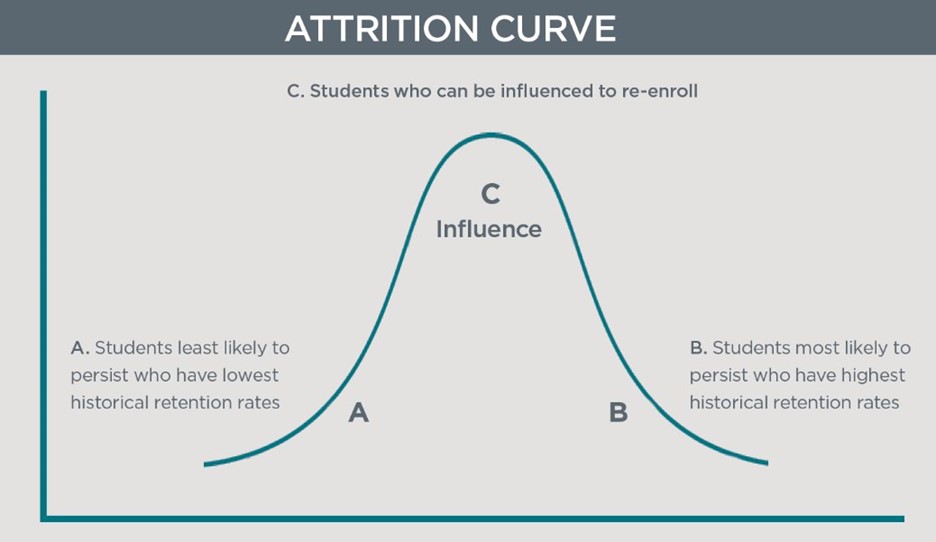It may sound perverse to say so. Our profession is under attack, our students are reading less, jobs are scarce and the humanities are first on the chopping block. But precisely because the outlook is dire, this is also a moment of clarity and possibility. The campaign against higher education, the AI gold rush and the dismantling of our public schools have made the stakes of humanistic teaching unmistakable. For those of us with the privilege of relative job security, there has never been a more urgent—or more opportune—time to do what we were trained to do.
I am an English professor, so let me first address my own. Colleagues, this is the moment to make the affirmative case for our existence. This is our chance to demonstrate the worth of person-to-person pedagogy; to speak the language of knowledge formation and the pursuit of truth; to reinvigorate the canon while developing new methods for the study of ethnic, postcolonial, feminist, queer and minority literatures and cultural texts; to stand for the value of human intelligence. Now is when we seize the mantle and opportunity of “English” as a both a privileged signifier and a sign of humility as we fight alongside our colleagues in the non-Western languages and literatures who are even more endangered than we are— and for our students, without whom we have no future.
I’m not being Pollyannaish. Between Trump 1 and Trump 2 sit the tumultuous COVID years, which means U.S. universities have been reeling, under direct attacks and pressures, for a decade. I started my first job in 2016, so that is the entirety of the time that I have worked as an academic. I spent six years in public universities in purple-red states, where austerity was the name of the game—and then I moved to Texas.
There have been years of insults and incursions into the profession. We have been scapegoated as an out-of-touch elite and called enemies of the state. And no, we haven’t always responded well. In the face of austerity, we let our colleagues be sacrificed. Despite the bad-faith weaponization of “CRT,” “DEI” and “identity politics,” we disavowed identity. Against our better judgment, we assimilated wave after wave of new educational technologies, from MOOCs to course management platforms to Zoom.
Now, we face a new onslaught: the supposedly unstoppable and inevitable rise of generative AI—a deliberately misleading misnomer for the climate-destroying linguistic probability machines that can automate and simulate numerous high-level tasks, but stop short of demonstrating human levels of intelligence, consciousness and imagination. “The ultimate unaccountability machine,” as Audrey Watters puts it.
From Substack to The New York Times to new collaborative projects Against AI, humanities professors are sounding the alarm. At the start of this semester, philosopher Kate Manne reflected that her “job just got an awful lot harder.”
Actually, I think our jobs just got a whole lot easier, because our purpose is sharper than ever. Where others see AI as the end of our profession, I see a clarifying opportunity to recommit to who we are. No LLM can reproduce the deep reading, careful dialogue and shared meaning-making of the humanities classroom. We college professors stand alongside primary and secondary school teachers who have already faced decades of deprofessionalization, deskilling and disrespect.
There is a war on public education in this country. Statehouses in places like Texas are rapidly dismantling the infrastructure and independence of public institutions at all levels, from disbanding faculty senates to handing over curriculum development to technologists who have no understanding of the dialogical, improvisatory nature of teaching. These are folks who gleefully predict that robots with the capacity to press “play” on AI-generated slide decks can replace human teachers with years of experience. We need them out of our schools at every level.
Counter to what university administrators and mainstream pundits seem to believe, students are not clamoring to use AI tools. Tech companies are aggressively pushing them. All over the country, school districts and universities are partnering with companies like Microsoft and OpenAI for fear of being left behind. My own institution has partnered with Google. Earlier this semester, “Google product experts” came to campus to instruct our students on how to “supercharge [their] creativity” and “boost [their] productivity” using Gemini and NotebookLM tools. Faculty have been invited to join AI-focused learning communities and enroll in trainings and workshops (or even a whole online class) on integrating AI tools into our teaching; funds have been allotted for new grant programs in AI exploration and course development.
I didn’t spend seven years earning a doctorate to learn how to teach from Google product experts. And my students didn’t come to university to learn how to learn from Google product experts, either. Those folks have their work, motivations and areas of expertise. We have ours, and it is past time to defend them. We are keepers of canon and critique, of traditions and interventions, of discipline-specific discourses and a robust legacy of public engagement. The whole point of education is to hand over what we know to the next generation, not to chase fads alongside the students we are meant to equip with enduring skills. It is our job to strengthen minds, to resist what Rebecca Solnit calls the “technological invasion of consciousness, community, and culture.”
Many of us have been trying to do this for some time, but it’s hard to swim against the tides. In 2024, I finally banned all electronics from my English literature classes. I realized that sensitivity to accessibility need not prevent us from exercising simple common sense. We know that students learn more and better when they take notes by hand, annotate texts and read in hard copy. Because my students do not have access to free printing, and because a university librarian told me that “we only go from print to digital, not the other way around,” I printed copies of every reading for every student. With the words on paper before them, they retained more, they made eye contact, they took marginal notes, they really responded to each other’s interpretations of the texts.
That’s the easy part. As we college professors plan our return to blue books, in-class midterms and oral exams, the challenge is how to intervene before our students come to class. If AI is antithetical to the project of higher education, it’s even more insidious and damaging in the elementary, middle and high schools.
My children attend Texas public schools in the particularly embattled Houston Independent School District, so I have seen firsthand the app-ification of education. Log in to the middle school student platform—which some “innovator” had the audacity to name “Clever”—and you’ll get a page with more than three dozen apps. Not just the usual suspects like Khan Academy and Epic, but also ABC-CLIO, Accelerate Learning, Active Classroom, Amplify, Britannica, BrainPOP, Canva, Carnegie Learning, CK-12 Foundation, Digital Theatre Plus, Discover Magazine, Edgenuity, Edmentum, eSebco, everfi, Gale Databases, Gizmos, IPC, i-Ready, iScience, IXL, JASON Learning, Language! Live, Learning Ally Audiobook, MackinVIA, McGraw Hill, myPLTW, Newsela, Raise, Read to Achieve, Savvas EasyBridge, STEMscopes, Summit K12, TeachingBooks, Vocabulary.com, World Book Online, Zearn …
As both a professor and a parent, I have decided to intervene directly. Last year, I started leading a reading group for my 12-year-old daughter and a group of her classmates. They call it a book club. Really, it’s a seminar. Once a month, they convene around our dining table for 90 minutes, paperbacks in hand, to engage in close reading and analysis. They do all the stuff we English professors want our college students to do: They examine specific passages, which illuminate broader themes; they draw connections to other books we’ve read; they ask questions about the historical context; they make motivated references to current social, cultural and political issues; they plumb the space between their individual readings and the author’s intentions.
No phones, no computers, no apps. We have books (and snacks). And conversation. After each meeting, my daughter and I debrief. About four months in, she said, “You know, a lot of the previous meetings I felt like we were each just giving our own takes. But this time, I feel like we arrived at a new understanding of the book by talking about it together.” The club members had challenged and pushed each other’s interpretations, and together exposed facets of the text they wouldn’t have seen alone.
The literature classroom is a space of collaborative meaning-making—one of the last remaining potentially tech-free spaces out there. A precious space, that we need to renew and defend, not give up to the anti-intellectual mob and not transform at the behest of tech oligarchs. We have an opportunity here to stand up for who we are, for the mission of humanistic education, in affirmative, unapologetic terms—while finding ways to build new alliances and enact solidarity beyond the walls of our college classrooms.
This moment is clarifying, motivating, energizing. It’s time to remember what we already know.











